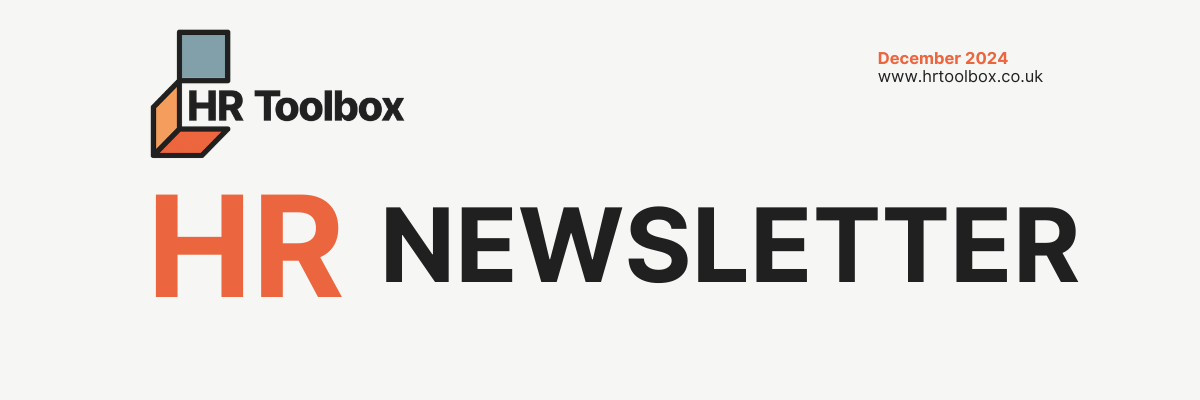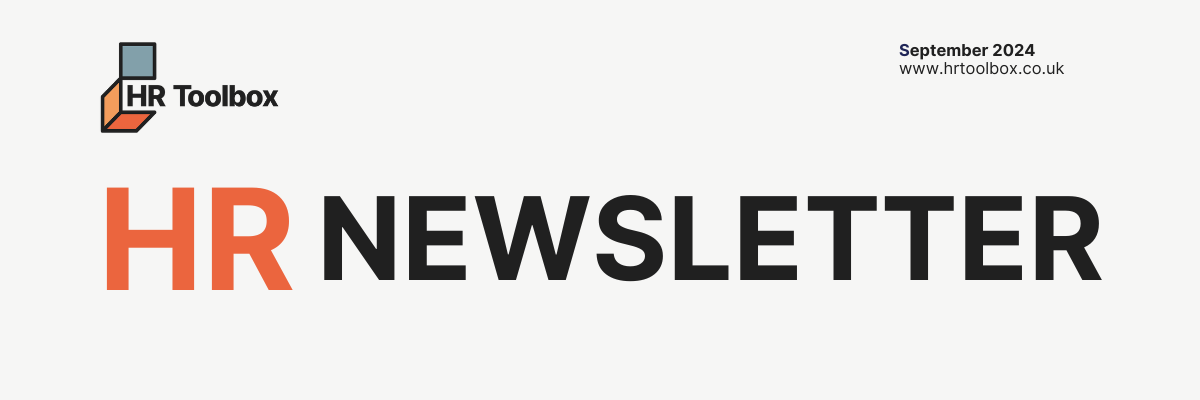Case Study: Reasonable Adjustments
We helped Steve save hundreds of thousands of pounds, find out how in this case study...
Our client Steve is a small shop retailer and has been in business for many years.
One day we got a call from him and he told us a member his team had recently been diagnosed with a long term degenerative physical condition.
Steve told us his colleagues' physical ability to carry out all tasks would gradually degrade, meaning adjustments to their physical working environment would need to be made.
Steve showed us a recent Occupational Health report that confirmed all of this. On the matter of recommended adjustments, there was a proposal to close his retail store for around 6 to 8 weeks whilst certain adjustments to the shops' layout were made. Steve told us he had costed these proposals and for the shop fit-out, he was looking at over £100,000. He also estimated that his lost trade over the same period would be broadly a further £100,000.
Steve then showed us the fit-out quotes and his management accounts which confirmed what he had told us; it's important we say Steve's shop was a physically secure environment, which is why the quoted fit-out costs were so high.
Steve was conflicted when he first rang us. On the one hand he wanted to do all he could to keep his colleague in employment for as long as they could work. On the other hand he told us his business simply couldn't afford what was being suggested by the Occupational Health practitioner.
In all honesty, Steve was really worried when he called us because the colleague had also recently lodged an Employment Tribunal claim for a failure to make reasonable adjustments.
On the legal claim side of things, thankfully Steve had "Employment Practices Liability Insurance" (or EPL), so the first piece of HR advice was for Steve to immediately notify his insurer of the claim and pay the claim excess in accordance with his insurance policy terms. We also recommended Steve instruct us to become the primary point of contact between Steve's business and the lawyer who would be appointed to look after the Employment Tribunal claim.
When we talked to Steve over the next few days, it was clear progressing the Occupational Health suggested adjustments had stalled because Steve was so worried about the costs and the risk to his business. He just couldn't see a way out of it; he was even talking about having to close the business if the worst were to happen.
Thankfully we've dealt with lots of situations like and more complicated than this before.
We immediately worked with Steve to pull together a HR action plan which needed some involvement from his colleague and the Government Access to Work Scheme. Working with Steve and in collaborative partnership with the legal team who were looking after the Employment Tribunal claim, we planned in a couple of HR meetings with the colleague and coached Steve on the key points he should cover; we even wrote him a bullet point type script prompt so Steve was sure to cover everything we recommended.
The outcome to those HR meetings was the colleague agreeing to engage with Access to Work, who in turn arranged a workplace assessment.
The outcome to the Access to Work workplace assessment was a different set of suggested workplace adjustments, most of which could be covered by a Government grant and none of which would see Steve needing to close his shop. In the end the Access to Work recommended adjustments cost Steve just under £1,000; so giving him a saving of £199,000!
Steve was understandably very relieved by this news; he saw it as a win win for everyone involved, especially as Steve was lucky enough to employ a number of other colleagues who were potentially indirectly affected should the worst happen.
The Access to Work adjustments weren't able to be completed by the time the Employment Tribunal hearing date came around, however what Steve was able to tell the Employment Tribunal was where things were upto, what was going to happen next and by when.
On the Employment Tribunal side of things and based on what Steve told the panel, the colleagues' claim was dismissed and within around a month of that happening, all the workplace adjustments Access to Work had suggested were put into place.
The happy ending to all this is Steve's colleague was very happy to be able to work with him for many more years with all the adjustments they needed in place. Also Steve's business was able to survive and continue to support all the colleagues he is fortunate to be able to employ.
Get In Touch
We will get back to you as soon as possible
Please try again later

ABOUT US
HR Toolbox have over 20 years HR experience in the private & public sectors. Our customers love us as we give them the 1:1 HR support, tools, and software to help save them time, reduce risk, improve their employees experience and protect themselves.
SERVICES
Website built by - Mission Three60 LTD










